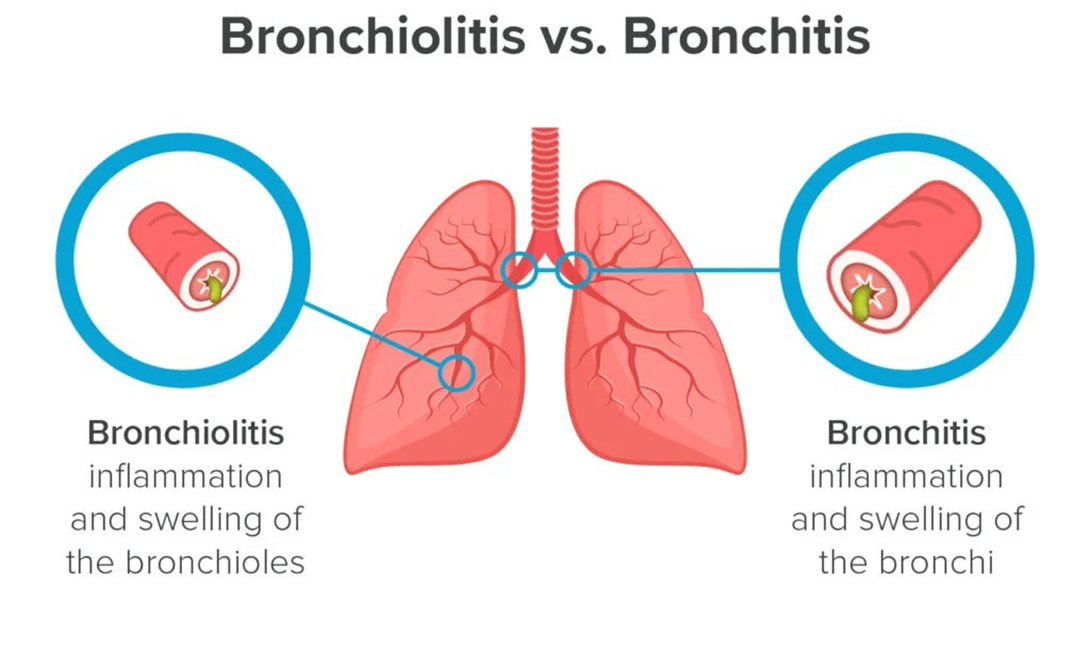A nurse is preparing to develop a plan of care for a school-aged child who has been diagnosed with sickle cell anemia. Which of the following findings should the nurse include in the plan of care?
The child has a normal potassium level.
The child has a low hemoglobin level.
The child has a high platelet level.
The child has a low blood glucose level.
The Correct Answer is B
Choice A reason: The child has a normal potassium level, as it is within the reference range of 3.5 to 5 mEq/L. Potassium is an electrolyte that helps regulate the fluid balance, nerve impulses, and muscle contractions in the body.
Choice B reason: The child has a low hemoglobin level, as it is below the reference range of 10 to 15.5 g/dL. Hemoglobin is a protein in the red blood cells that carries oxygen to the tissues. Sickle cell anemia is a genetic disorder that causes the red blood cells to have an abnormal shape and become rigid, sticky, and prone to clumping. This can lead to hemolysis, anemia, and reduced oxygen delivery.
Choice C reason: The child has a normal platelet level, as it is within the reference range of 150,000 to 450,000 mm^3^. Platelets are blood cells that help with clotting and prevent bleeding. Sickle cell anemia can cause thrombocytopenia, a low platelet count, due to increased destruction or sequestration of platelets in the spleen.
Choice D reason: The child has a normal blood glucose level, as it is within the reference range of 70 to 110 mg/dL. Blood glucose is the main source of energy for the cells in the body. Sickle cell anemia can cause hypoglycemia, a low blood glucose level, due to impaired glucose metabolism, increased glucose utilization, or decreased glucose production.
Nursing Test Bank
Naxlex Comprehensive Predictor Exams
Related Questions
Correct Answer is A
Explanation
Choice A reason: Pyloric stenosis is a condition in which the muscle at the outlet of the stomach (the pylorus) becomes thickened and obstructs the passage of food into the small intestine. It usually occurs in infants between 2 and 8 weeks of age, and is more common in males. The main symptoms are projectile vomiting after feeding, dehydration, weight loss, and a palpable olive-shaped mass in the right upper quadrant of the abdomen.
Choice B reason: Gastroesophageal reflux is a condition in which the lower esophageal sphincter fails to close properly, allowing the stomach contents to flow back into the esophagus. It is common in infants, especially those who are bottle-fed, and usually resolves by 12 months of age. The main symptoms are regurgitation, spitting up, irritability, and poor weight gain.
Choice C reason: Celiac disease is a condition in which the immune system reacts to gluten, a protein found in wheat, barley, and rye, and damages the lining of the small intestine. It can affect people of any age, but is usually diagnosed in childhood. The main symptoms are diarrhea, abdominal pain, bloating, weight loss, and failure to thrive.
Choice D reason: Lactose intolerance is a condition in which the body lacks the enzyme lactase, which is needed to digest lactose, a sugar found in milk and dairy products. It can affect people of any age, but is more common in adults and certain ethnic groups. The main symptoms are diarrhea, gas, bloating, and abdominal cramps after consuming lactose-containing foods.
Correct Answer is B
Explanation
Choice A reason: Epiglottitis is a life-threatening condition that causes inflammation and swelling of the epiglottis, the flap of tissue that covers the entrance to the trachea. It can block the airway and cause respiratory distress. The signs and symptoms of epiglottitis include drooling, dysphagia, dysphonia, high fever, and tripod position. Epiglottitis is rare in infants and more common in children aged 2-6 years.
Choice B reason: Bronchiolitis is a viral infection that causes inflammation and mucus production in the bronchioles, the smallest airways in the lungs. It can impair gas exchange and cause respiratory distress. The signs and symptoms of bronchiolitis include sneezing, coughing, nasal congestion, wheezing, tachypnea, retractions, and apneic spells. Bronchiolitis is common in infants and children under 2 years of age, especially during the winter months.
Choice C reason: Influenza is a viral infection that affects the respiratory system. It can cause fever, chills, headache, muscle aches, fatigue, sore throat, cough, and nasal congestion. Influenza can also lead to complications such as pneumonia, otitis media, and sinusitis. Influenza is common in children and adults of all ages, especially during the flu season.
Choice D reason: Croup is a viral infection that causes inflammation and narrowing of the larynx and trachea. It can cause a characteristic barking cough, hoarseness, stridor, and respiratory distress. Croup is common in children aged 6 months to 3 years, especially during the fall and winter months.

Whether you are a student looking to ace your exams or a practicing nurse seeking to enhance your expertise , our nursing education contents will empower you with the confidence and competence to make a difference in the lives of patients and become a respected leader in the healthcare field.
Visit Naxlex, invest in your future and unlock endless possibilities with our unparalleled nursing education contents today
Report Wrong Answer on the Current Question
Do you disagree with the answer? If yes, what is your expected answer? Explain.
Kindly be descriptive with the issue you are facing.
